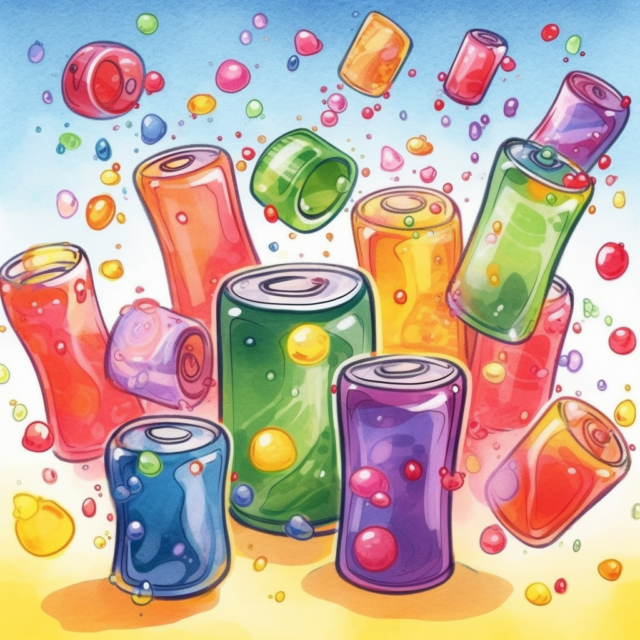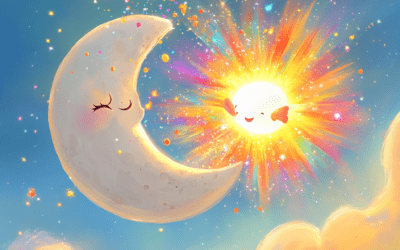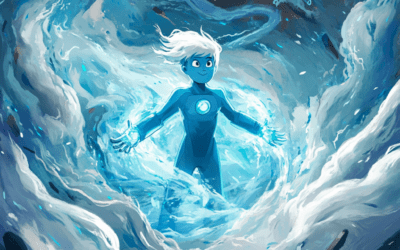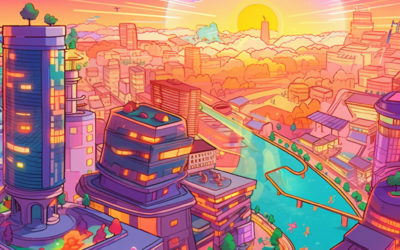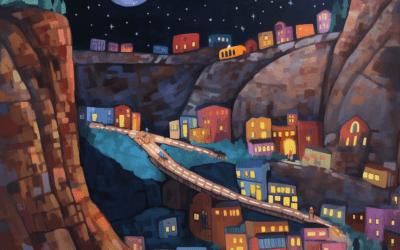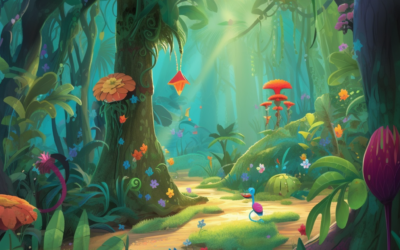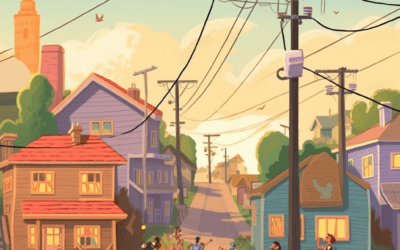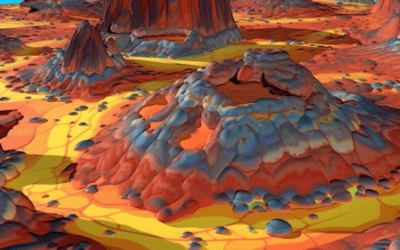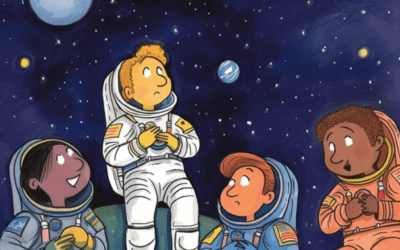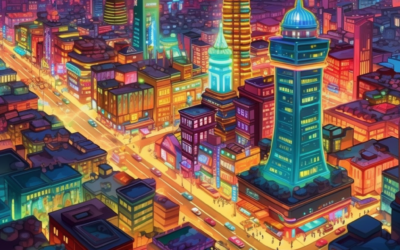Why Do Soft Drinks Have Bubbles in Them?
The Science Behind the Fizz
Soft drinks have bubbles in them because of a sciencey process called carbonation. It’s high school chemistry in action! Let me explain in a simple way.
You know when you shake a bottle of soda and then open it? What happens next? It sprays all over the place, right? That’s because the liquid inside is full of tiny bubbles trying to escape! But how do those bubbles get inside the drink in the first place?
Let’s take a peek inside a soda bottle.
Inside every soft drink, there is carbon dioxide gas hiding in the liquid. Remember when you opened a bottle of soda fast? It sprayed out all over the place. That’s because the carbon dioxide gas got excited and rushed out!
How Does Carbonation Happen?
Soft drink companies use carbonation machines to add carbon dioxide gas into their drinks. These machines put the liquid, like cola or lemon-lime soda, into a sealed container. Then they add carbon dioxide gas under pressure. The pressure makes the carbon dioxide gas mix with the liquid, creating fizzy bubbles.
But why doesn’t the carbon dioxide escape right away?
The carbon dioxide gas gets trapped inside the liquid because of something called solubility. Solubility is a fancy word, but it just means how well something dissolves in another substance. In this case, the carbon dioxide gas dissolves really well in the liquid, so it stays put.
As long as the bottle remains sealed, the carbon dioxide gas stays dissolved in the liquid. But when you open the bottle, the pressure decreases, and the gas starts looking for a way to escape.
Why Do Bubbles Form When You Pour Soda?
When you pour soda into a glass, the liquid splashes around and comes into contact with the air. This contact is what makes the carbon dioxide gas escape from the liquid, forming the bubbles we see.
Remember when you opened a bottle of soda too fast? It sprayed out because the pressure decreased quickly, forcing the carbon dioxide gas to escape all at once. But when you pour soda or slowly open the bottle, the pressure decreases gradually, allowing the gas to escape more gently.
Why Do Bubbles Rise to the Surface?
The bubbles we see in a glass of soda rise to the surface because they are lighter than the liquid. Just like how a balloon filled with helium floats up in the air, the bubbles filled with carbon dioxide float up in the drink!
The Fun of Bubbles
You might have noticed how the bubbles in soda take different forms. Some are big and quickly rise to the top, while others are small and stick to the sides of the glass. This is because of differences in liquid and gas properties.
So, why do we love bubbly drinks? These fizzy bubbles tickle our tongues, making soft drinks refreshing and more exciting to drink. They also add a touch of fun to our beverages! Just imagine a world without bubble-filled soft drinks – pretty boring, right?
Next time you enjoy a fizzy soda, remember the chemistry behind the bubbles. How cool is it that something so simple can bring so much joy!

